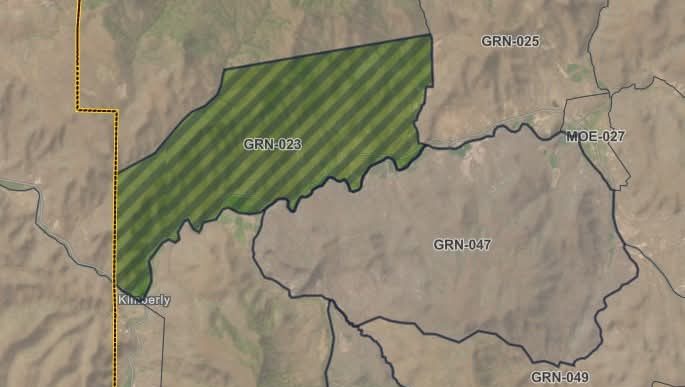Cover Oregon working out tax credit details
Published 5:00 pm Sunday, March 16, 2014
Cover Oregon last week started to talk about some details on how individual consumers and small businesses might claim tax credits they were unable to receive due to technical problems at the state insurance exchange.
Trending
The guidelines provided by the Centers for Medicare & Medicaid Services a few weeks ago offered some hope that people who have been negatively impacted by rollout issues with their state’s health insurance exchanges could get some relief.
Last week, at Cover Oregon’s monthly board meeting, chief operating officer Triz delaRosa offered some updates, but details still are being worked out with insurance carriers, she said.
First, retroactive tax credits would be available to consumers and small businesses who purchased exchange-qualified plans outside of the exchange.
Trending
People still would have to submit an application through Cover Oregon. Once they’re deemed eligible, applicants would not move on to the shopping part of the process. Instead, carriers would communicate with Cover Oregon what plan the applicants are in.
Then the consumers get a refund for the months they didn’t receive the tax credit, then start receiving it in the months going forward.
For small businesses, delaRosa said, Cover Oregon can only provide a written notice verifying whether the plan the business purchased would be qualified for the exchange. Then they can use that to apply for the tax credit with the help of their accountant, delaRosa said.
Once the details and process are finalized with insurance carriers, Cover Oregon will execute a communication plan to educate Oregonians.
What’s yet unknown is how this could impact the insurance market overall. DelaRosa said she doesn’t know how many people might try to claim their tax credit retroactively. Theoretically, anyone who purchased a health plan also available on the exchange could apply, even if they never submitted a Cover Oregon application.
“Health plans are doing everything they can to ensure consumers are enrolled in the coverage that is right for them and get the financial assistance they need,” America’s Health Insurance Plans spokeswoman Clare Krusing said in a statement. “While this latest change adds to the operational challenges in processing enrollments, health plans will continue to work with state and federal agencies to help consumers through the enrollment process.”
The other part of the CMS guidelines that hasn’t been addressed yet is retroactive reimbursements for people whose coverage was delayed due to technical issues. For example, someone who submitted their application on time in order to have coverage begin Jan. 1 but weren’t enrolled until say, March, due to Cover Oregon’s technical delays might be able to claim reimbursements for health care they received before their policy kicked in.
AHIP was still evaluating that portion and how that might work for carriers.
Cover Oregon’s acting director Bruce Goldberg also said last week that the exchange hasn’t yet looked at how or whether retroactive reimbursements would be implemented.
“We’re just beginning to look at that,” Goldberg said.
syoo@StatesmanJournal.com, (503) 399-6673 or follow at Twitter.com/syoo.









